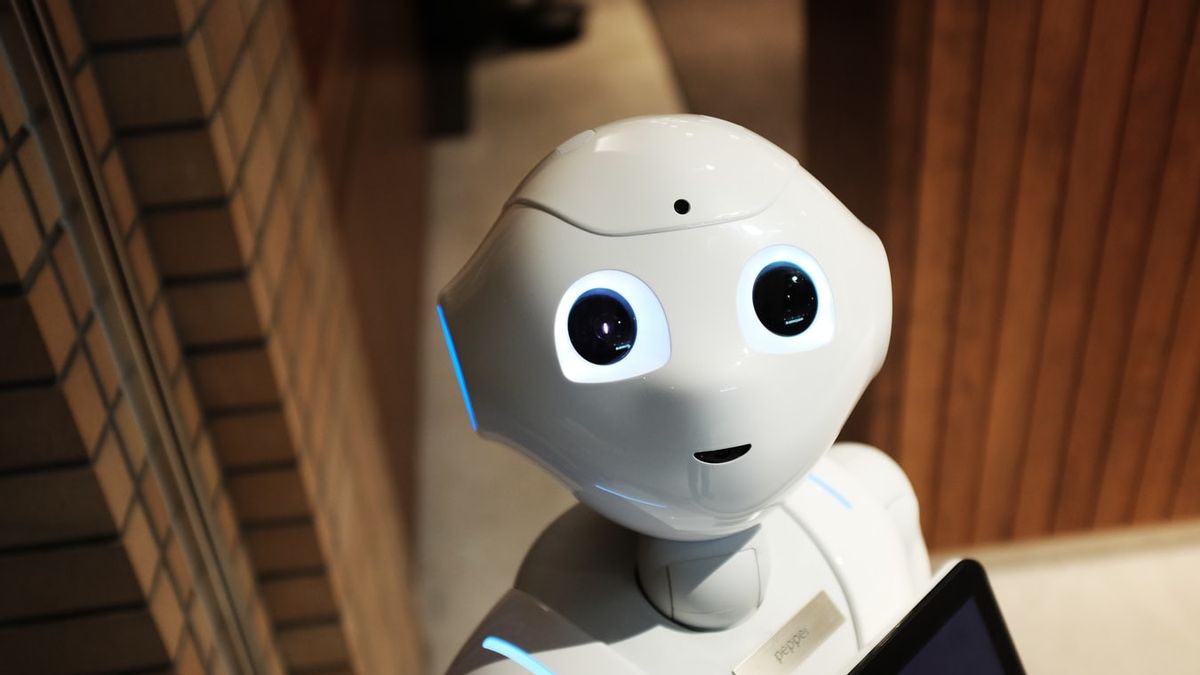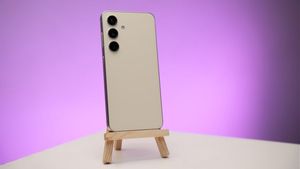JAKARTA – It has long been known that making eye contact with a robot can be an unsettling experience. Scientists even have a name for the feeling of nausea: "amazing valley." Now, thanks to researchers in Italy, many now know that it's more than just a feeling.
A team at the Istituto Italiano Di Tecnologia (IIT) in Genoa has shown how robotic gazes can trick us into thinking we're interacting socially and slow down our ability to make decisions.
"Seeing is a very important social signal that we use on a daily basis when interacting with other people," said Professor Agnieszka Wykowska, lead author of the study, which was published Wednesday in the journal Science Robots.
"The question is whether robotic gaze will evoke very similar mechanisms in the human brain as other human gazes," he added.
The team asked 40 volunteers to play a "chicken" video game, in which each player had to decide whether to let the car go straight towards another car or swerve to avoid a collision. They play a game against a humanoid robot sitting across from them.
Between rounds, players must look at the robot, which is sometimes looking back and other times looking the other way.
In each scenario, the scientists collected data about behavior and neural activity via electroencephalography (EEG), which detects electrical activity in the brain.
"Our results show that, in fact, the human brain processes robotic gazes as social signals, and those signals have an impact on how we make decisions, on the strategies we employ in games, and also on our responses," Wykowska said.
"Reciprocal stares from robots influence decisions by delaying them, so humans are much slower at making decisions in games," he said. The findings have implications for where and how humanoid robots are deployed in the future.
"Once we understand when robots acquire social adjustment, then we can decide what contexts are desirable and beneficial for humans and in which contexts this should not happen," Wykowska said.
According to a report by the International Robotics Federation, worldwide sales of professional service robots have jumped 32% to 11.2 billion US dollars between 2018 and 2019.
The English, Chinese, Japanese, Arabic, and French versions are automatically generated by the AI. So there may still be inaccuracies in translating, please always see Indonesian as our main language. (system supported by DigitalSiber.id)













